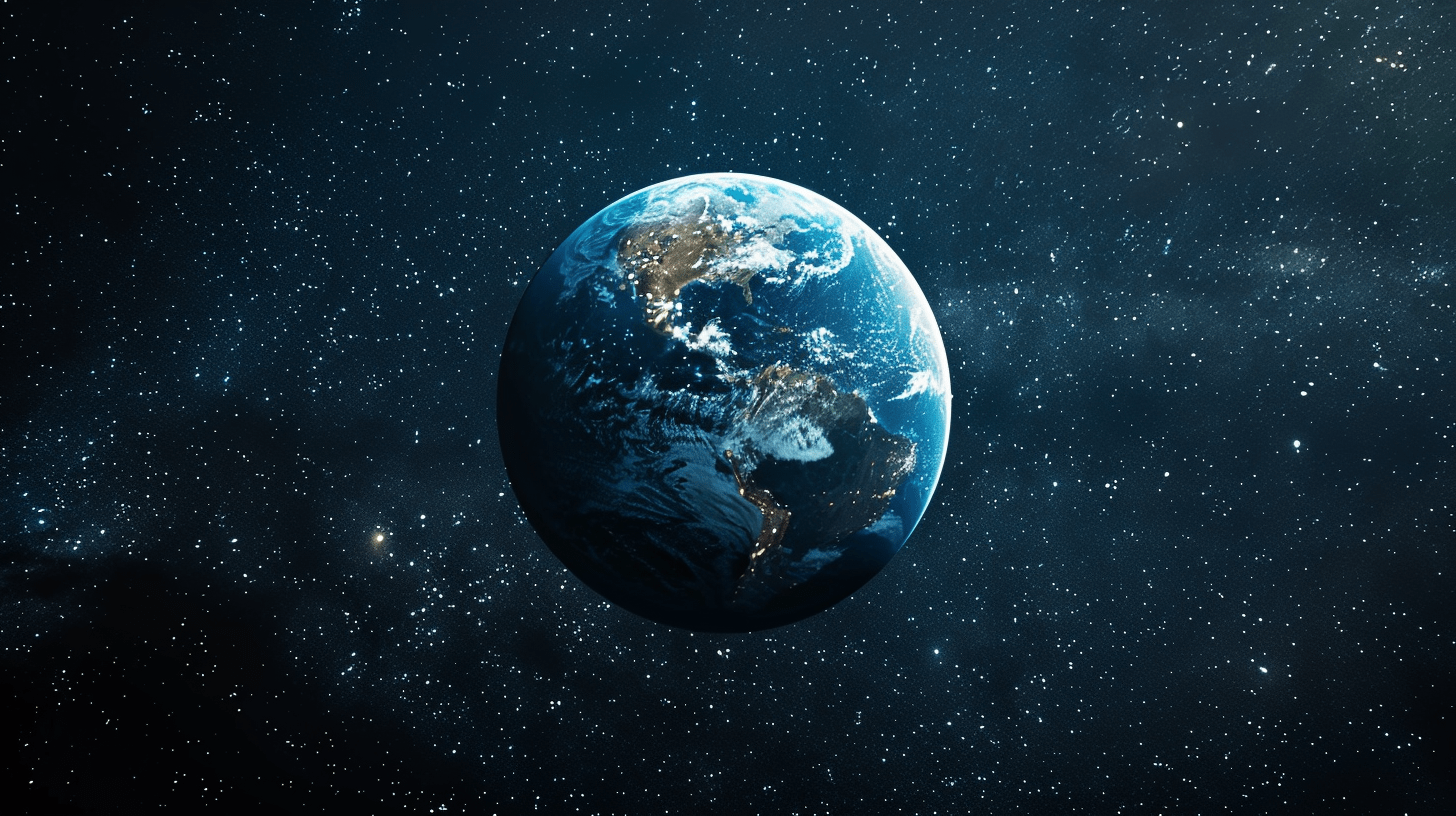Planetary Boundaries
Explore the concept of planetary boundaries, a scientific framework that identifies the environmental limits within which humanity can safely operate.

Biogeochemical Flows
Life depends on the cycling of nutrients like nitrogen and phosphorus, which help plants grow and ecosystems function. However, these cycles are being significantly altered by nutrient inputs from agriculture and other large-scale land use practices.
Fertilizers have enabled massive increases in crop production, but they have also led to excess nitrogen and phosphorus entering rivers, lakes, and oceans. These nutrients cause eutrophication, where explosive algae growth blocks sunlight and depletes oxygen in the water, creating so-called “dead zones” that cannot support life.
The planetary boundaries for nitrogen and phosphorus are measured by the amount of nutrients humans release into the environment each year. These flows are well beyond safe levels, particularly nitrogen, which is being released at more than double the recommended limit.
This boundary demonstrates a key challenge of planetary management: how to feed a growing global population without destroying the ecosystems that make agriculture possible. Rethinking fertilizer use, reducing runoff, and redesigning food systems are essential steps for moving back within this boundary.